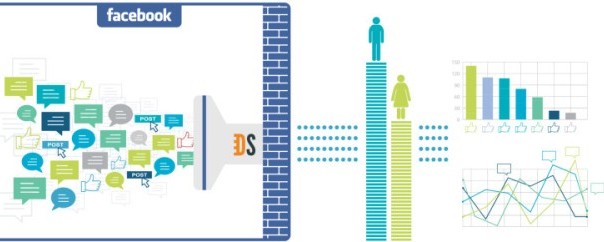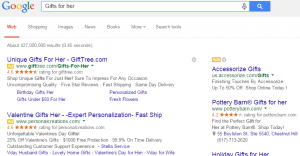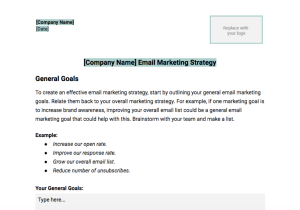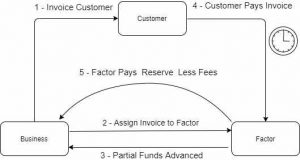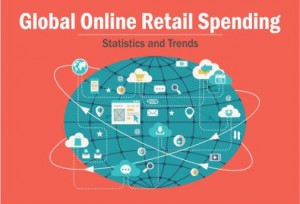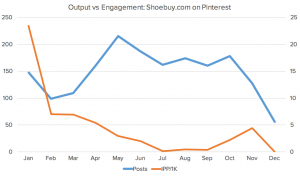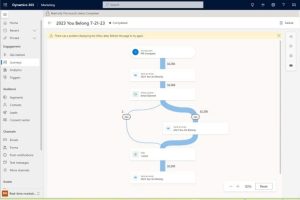Advertisers are always looking at better ways to target online customers. Social media is where the conversations happen, users talk about everything from having a good day to which movie they watched in the weekend to the latest viral video they liked. Brands are spending time and money to tap that data, make sense of it and reach out to potential customers in a smarter way. For example a Fashion retailer would like to see the clothing items its target audience is talking about to decide which products to stock.
In a move to make marketing content more relevant for people and more effective for marketers, Facebook has finally introduced topic data to select Facebook partners. “Marketers want to understand what people think about topics related to their business, so they can make their products and marketing more relevant to their customers. In the past they’ve looked at the things people share online to get an idea of what people care about, but, until now, the information available offered a limited view,” said Facebook on its blog.
Topic data and its relevance to advertisers
According to Facebook, topic data shows marketers what audiences are saying on Facebook about events, brands, subjects and activities, all in a way that keeps personal information private. Marketers can use the information from topic data to make better decisions about how they market on Facebook and other channels, and build product roadmaps.
To ite an example, using Facebook’s topical data Cafe Coffee Day can find out what people are saying about Starbucks as one anonymous batch of data. CCD can then use the group’s general demographic info like gender, age and location to determine which specific subgroups are interested in the search term.
Talking with Re/Code, Matt Idema, Facebook director for ads product marketing informed that, “The point of all this is to give marketers a better idea of what Facebook users are saying about certain topics or keywords. The result will be more relevant Facebook ads or perhaps even an altered product road map if companies find people are clamoring for one product over the other.”

However, this type of data has been available from third parties before, the sample size was often too small to be significant and determining demographics was nearly impossible. “With topic data, we’ve grouped data and stripped personal information from Facebook activity (not including Messenger) to offer insights on all the activity around a topic. That means marketers get a holistic and actionable view of their audience for the first time.” Facebook further added that, “It’s important to note that topic data provides guidance for marketers but it cannot be used to target ads directly.”
“This isn’t new, Facebook already does this to show you ads targeted to your particular demographic. The difference is that it used to keep this data internally,” said Idema while explaining that all this while Facebook was the one administering the ads and looking at the data. From now it’s offering this general data to those outside Facebook.
To make the topic data into actionable insights, Facebook has partnered with DataSift. From now on brands issue the forward-looking queries through a third-party analytics provider that submits them to DataSift, which can run them against Facebook’s data. DataSift hands the analytics tool back anonymized statistical data about posts that match the query since it was issued that can be formed into charts and insights, or bundled with social analytics from other networks.
Beyond just buying ads, Facebook hopes brands will discover things people want that they don’t make yet, and move to develop these new products, said TC. Topic data could also be used for research purposes. From listening to consumer feedback on products, brands can also track them complaining about a certain new product.
This isn’t a brand monitoring tool, as the data is anonymized and brands can’t see every mention they get. At least 100 different users have to match a query for it to be allowed.
For the time being Facebook isn’t making any money of the anonymized data but DataSift will charge analytics firms a fee based on the volume of information they request, who will then mark up the price and sell it to brands.
Advertisers are already grinning with this new move but will user privacy be compromised? To ensure personal info isn’t divulged, topic data is aggregated and anonymized, so brands can’t know or piece together exactly who said what. “We are not disclosing personally identifying information to anyone, including our partners and marketers. And, the results delivered to marketers are analyses and interpretations of the information, not actual topic data,” Facebook ensured.
While Facebook will focus only on specific queries issued by marketers, there isn’t any opt-out feature and the only way possible is either set posts to be visible to “only me” or refrain from posting.
Topic data right now is available to companies in the US and UK with an international expansion in pipeline. Facebook allowing advertisers to peep in the conversations is competition to Twitter’s topic data, at the same time, it is a big move for the digital business. Advertisers get more insights on user conversatios leading to increase in ad budgets with Facebook. Besides it is just a matter of time when Facebook starts making revenues from data licensing; Twitter generated $ 47 million from data licensing and other revenue during the Q4 2014.
(289)
Report Post